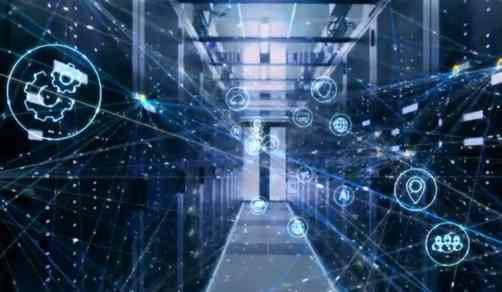| Data Scientist or Data Engineer? Choose Your Path On Udacity |
| Written by Sue Gee | |||
| Wednesday, 16 September 2020 | |||
|
There's no stopping the flood of data - 2.5 million terrabytes are created every day, so storing, organizing and analyzing data is becoming more important than ever. Udacity has refreshed the Nanodegree Programs offered by its School of Data Science and they start on September 23.. Udacity's School of Data Science now has a total of thirteen Nanodegree Programs, eleven of which as flagged as being new programs. It also identifies paths to specific careers with two divergent paths for developers who are interested in data one leading to the role of Data Scientist and the other to Data Engineer. Data Scientists can be thought of as those who make sense of the data, present the information it contains and contribute to making decisions based on it. Setting out a path to this career, Udacity reminds us: There is a shortage of qualified Data Scientists in the workforce, and individuals with these skills are in high demand. Build skills in programming, data wrangling, machine learning, experiment design, and data visualization, and launch a career in data science. At Advanced level Udacity's Data Scientist Nanodegree is the final step on the path outlined if you want a career in this role. The learning starts with Programming for Data Science with Python. This nanodegree, which is estimated to take 3 months, is at beginner level. It covers the fundamentals of Python and gets you familiar with basic data programming tools including SQL and also version control with Git. The intermediate step is the Data Analyst Nanodegree, which is a 4-month program in which you use Python, SQL, and statistics to uncover insights, communicate critical findings, and create data-driven solutions. Its modules and projects (titles in CAPS) are as follows:
Learn how to apply inferential statistics and probability to real-world scenarios, such as analyzing A/B tests and building supervised learning models.
Prior to embarking on the 4-month Data Scientist Nanodegree you also need a grounding in machine learning. It has these modules and projects plus a final capstone project to put it all together:
The alternative career path that you might want to follow leads to the role of Data Engineer. According to Sam Nelson, Product Lead of Udacity's School of Data Science. Data Engineers build the engines that help companies make sense of it all. They are crucial to any company's data strategy. Without the right infrastructure, you can collect data, but it just sits and takes up space. The first step on this path is again the beginner-level nanodegree Programming for Data Science with Python. The second, at intermediate level is Data Engineer Nanodegree, which is designed to show you how to understand the data ecosystem, give you the right tools to navigate it and enable you to apply what you learn by completing hands-on, portfolio-ready projects. It is a 5-month program with the following modules and and projects plus a final capstone project to put it all together:
The third step on the path, at advanced level, is the Data Streaming Nanodegree which we reported on when it was originally launched in March 2020. Estimated to require 2 months and with two courses and two projects, it is designed to teach you how to process data in real-time by building fluency in modern data engineering tools, such as Apache Spark, Kafka, Spark Streaming, and Kafka Streaming. More InformationUdacity School of Data Science Programming for Data Science with Python Programming for Data Science with R Related ArticlesUdacity Launches School of Data Science Udacity Launches Data Scientist Nanodegree Udacity Data Science Nanodegrees Restarting New Udacity Nanodegree In Data Streaming Beginner-Level SQL Nanodegree From Udacity Data Scientist Best Paying Entry-Level Job Says Glassdoor What is a Data Scientist and How Do I Become One? To be informed about new articles on I Programmer, sign up for our weekly newsletter, subscribe to the RSS feed and follow us on Twitter, Facebook or Linkedin.
Comments
or email your comment to: comments@i-programmer.info |
|||
| Last Updated ( Wednesday, 03 November 2021 ) |




